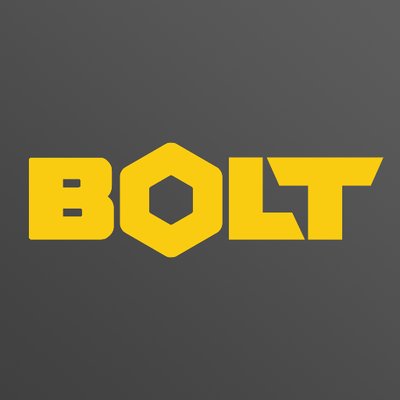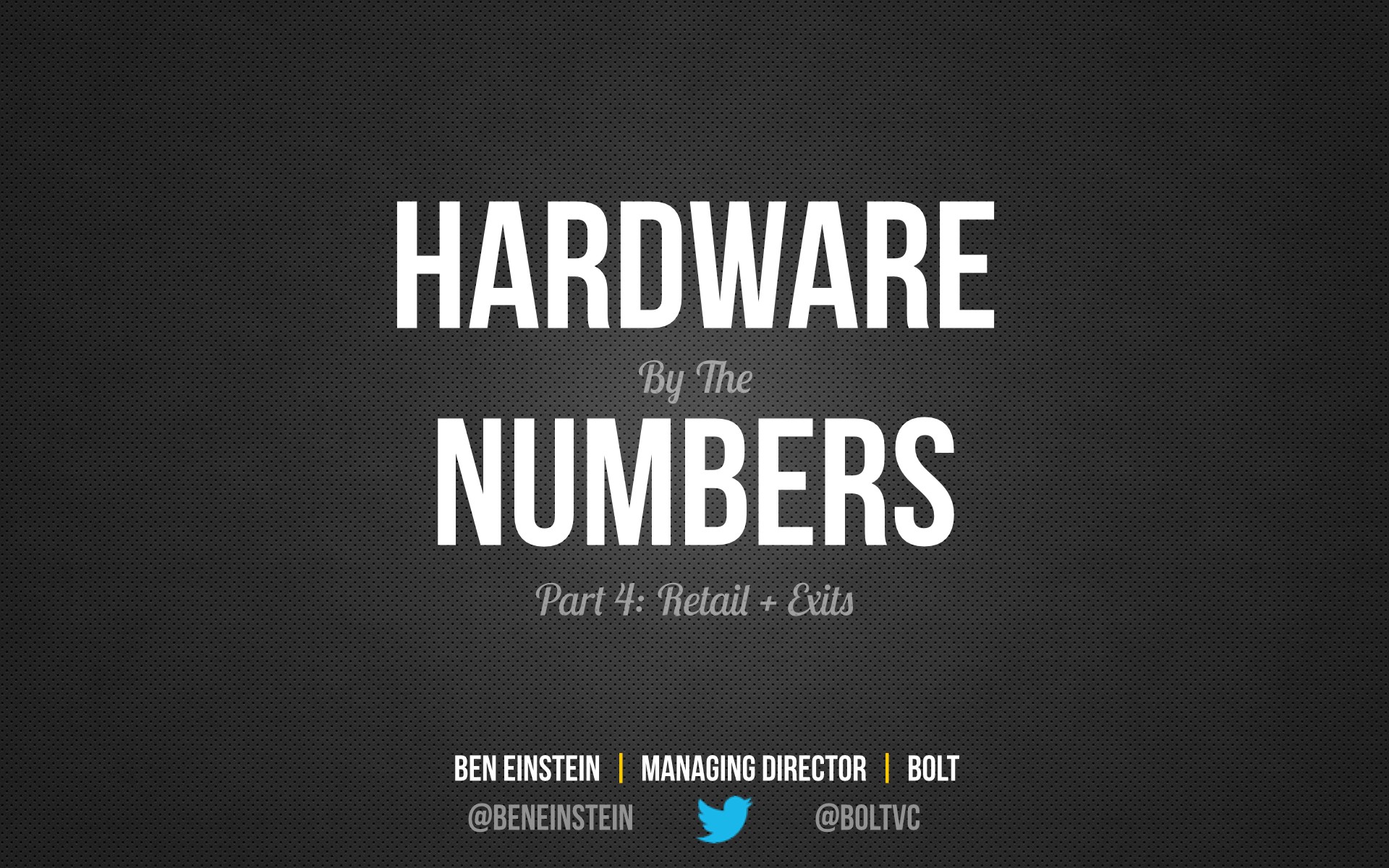
This is a 4-part series on what building a scalable hardware business looks like:
Part 4: Retail + Exits
The vast majority of first-time hardware founders are product biased. They over-optimize engineering, manufacturing, and packaging, and forget to strategically think about marketing and distribution. For B2B/enterprise products, distribution is highly complex and varied depending on the industry, so I’ll omit it here. For consumer products, it’s next to impossible to succeed without the help of retailers.
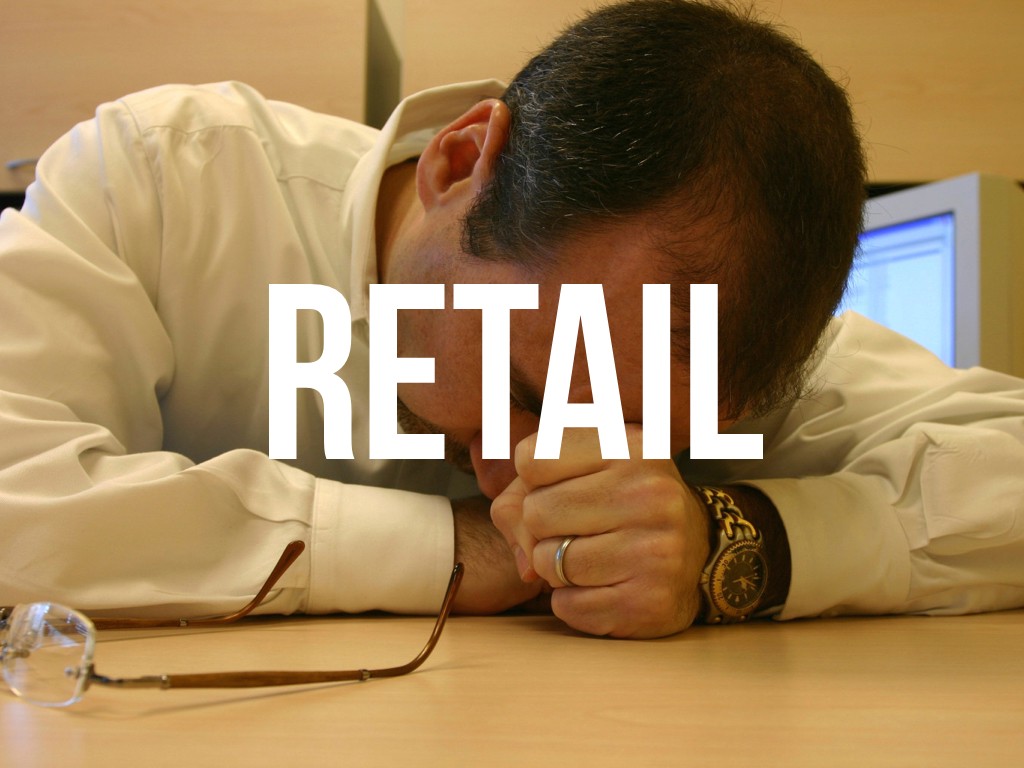
Despite the rise in direct sales and online retailers like Amazon, the vast majority of consumer hardware products are still sold through traditional big-box retail. Dealing with retailers is an exceptionally painful process. These numbers will help set expectations of how retailers work when you’re a small startup with a single product SKU.
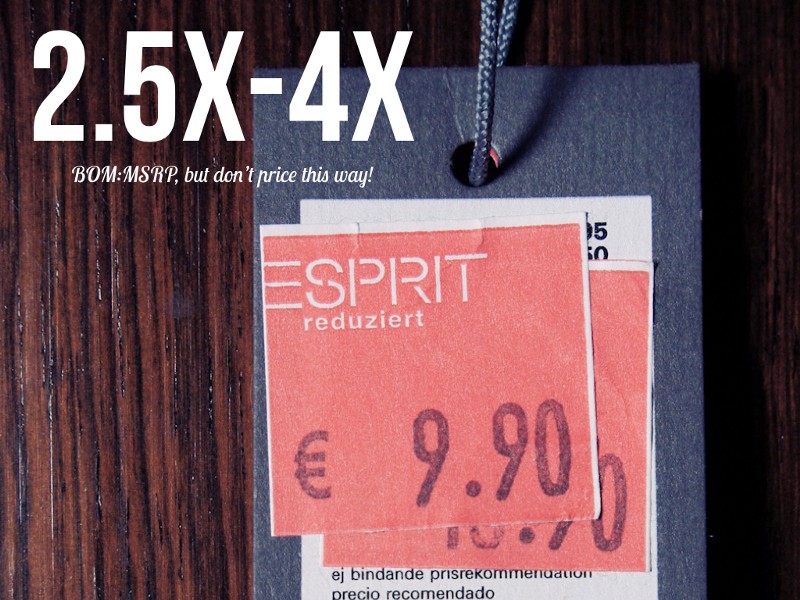
Pricing your product is non-trivial. However, in consumer electronics there’s a common rule of thumb: charge customers between 2.5 times and 4 times your bill of materials (BOM) cost. While this is true in a sense (charge less than 2.5x your BOM and you can lose money) do not price your product this way. The most successful companies understand that you price something based on its value not on its cost.
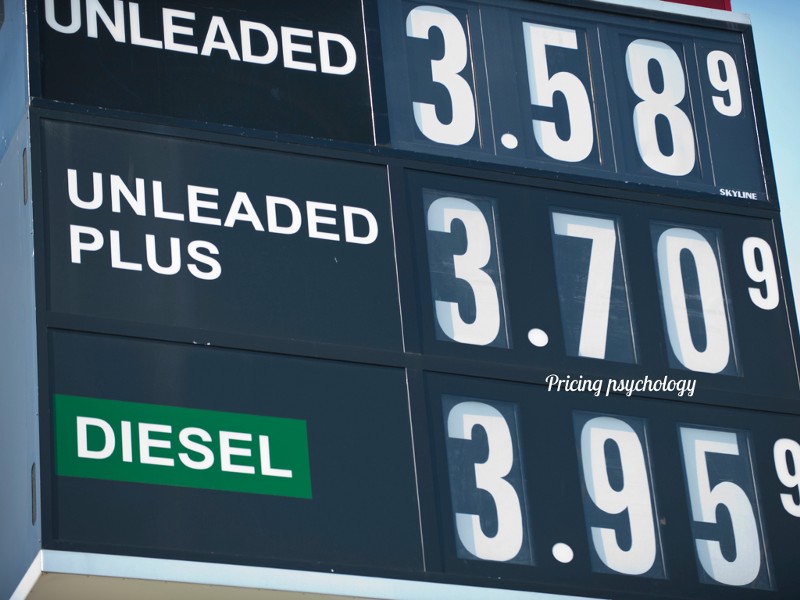
There’s an arsenal of research supporting surprising findings around how people perceive small changes in prices. We often see companies proposing to sell a product at odd prices: $95 and $120 are really common. In both cases, you’re leaving significant money on the table (100% of which is profit). Consumers don’t differentiate between $95 and $99 and $120 or $129.
Gas stations are exceptionally good at this, although on a much smaller scale. Few consumers realize every gallon of gas is slightly more expensive than the big numbers show (as noted by the tiny superscript 9s next to each price). When you price your product, be aware of how consumers react.
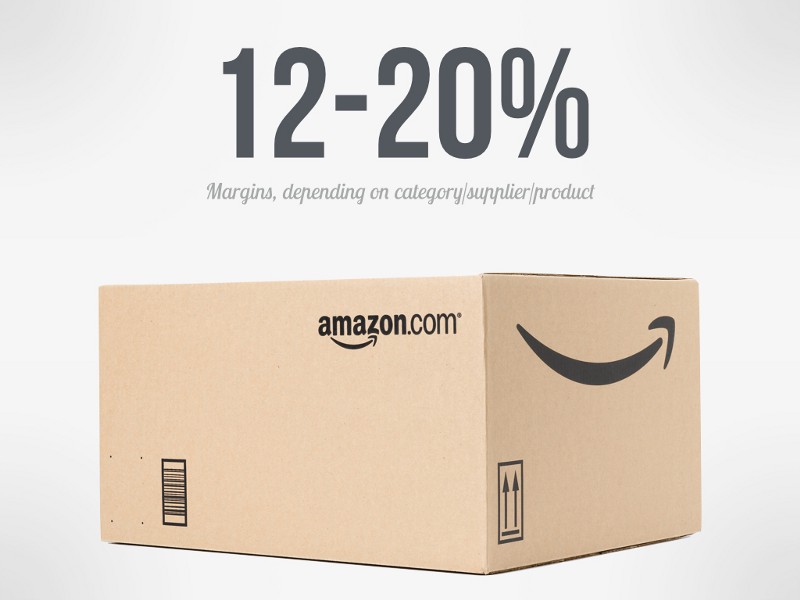
When a first-time hardware entrepreneur is ready to scale distribution, one of the first places they go is Amazon. Online retailers are a great place to start because they’re willing to work with companies that don’t have the cash to stock hundreds of retail stores. Online retailers are also reasonable with the amount of money they take from each item they sell (retail margin, which is a percentage of the final sale price). This is typically in the 15–20% range. (It may sound high, but just wait!)
These numbers can be highly variable depending on product category, but they’re helpful to point out.
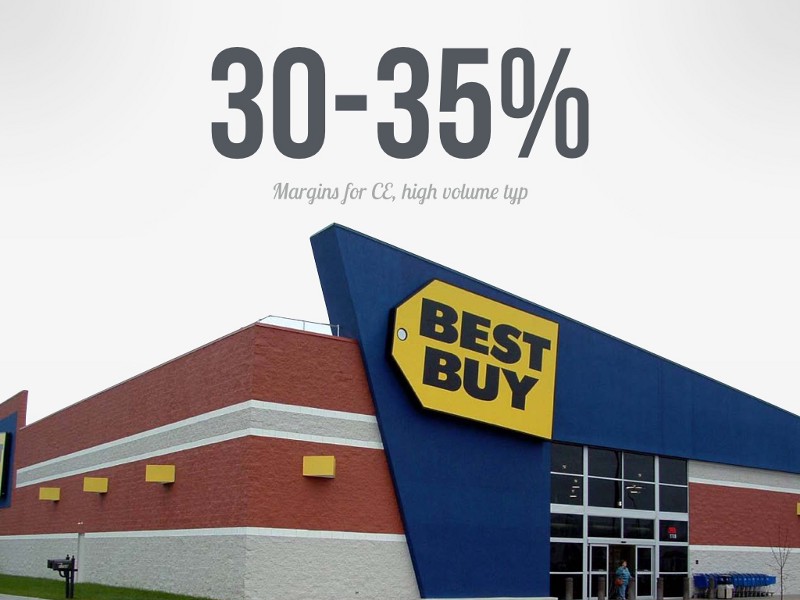
After a bit of time with online retail, companies that have nice sales growth typically seek physical retail. This usually comes in two phases: 1) specialty retail (William and Sonoma, The Body Shop, Brookstone, etc) and then 2) big box retail (Best Buy, Target, Walmart). It’s important to do these separately. Young companies that go directly to Walmart will almost certainly get crushed by excessive margins, high return rates, unsold backstock, or even big recalls.
When starting off with physical retail, margins of 30–35% are reasonable but I’ve paid higher than 40% depending on the product category. Some product categories (like cell phone cases) pay 70%+ margins! As the stores get larger things like backstock, payment terms, program costs, etc. get onerous.
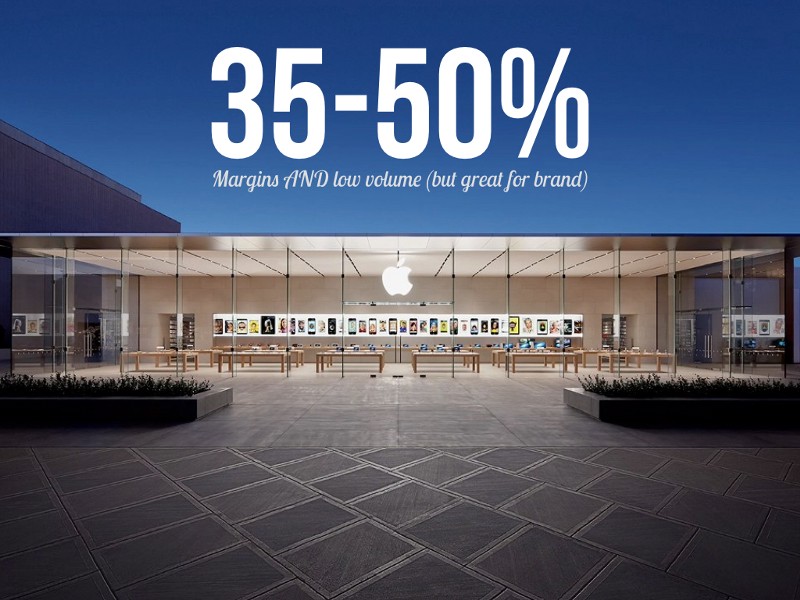
Every consumer product startup wants to get into Apple retail. While there is a significant amount of brand cache associated with this, nearly everything else about selling through Apple is exceptionally hard. Their margins are the highest (50% is common). Their stores are laid out to sell Apple products, not yours. The sales associates don’t know (or care to know) much about 3rd party products. And worst of all, they don’t move a lot of volume (at least for 3rd party manufacturers). That being said, it’s often worth suffering through the pain because pretty much everyone you know will be impressed that your product can be found in their stores. This is, unfortunately, especially true for VCs.
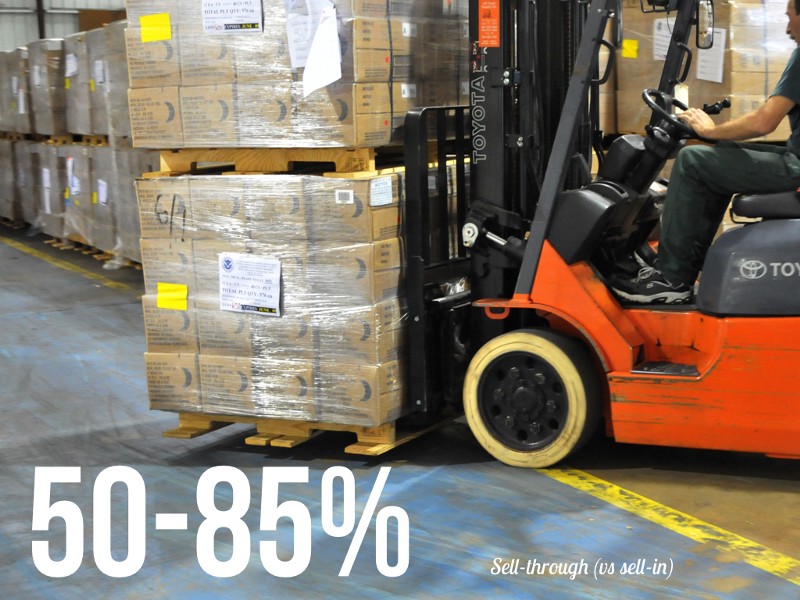
Sell-through vs sell-in is a commonly misunderstood concept that can have treacherous impacts on a cash-poor company. When a retailer signs a PO to buy your product, they’re actually only agreeing to partially pay for the units they order. Selling product to retailers is called sell-in. You only actually make money when a product is sold to an end-customer. This is called sell-through. The difference between sell-in and sell-through can be the difference between life and death. If Best Buy orders 10k units but only sells 8k, guess who’s paying for the 2k units that aren’t sold? You are! This is why carefully balancing supply (manufacturing) with demand (distribution) is critical.
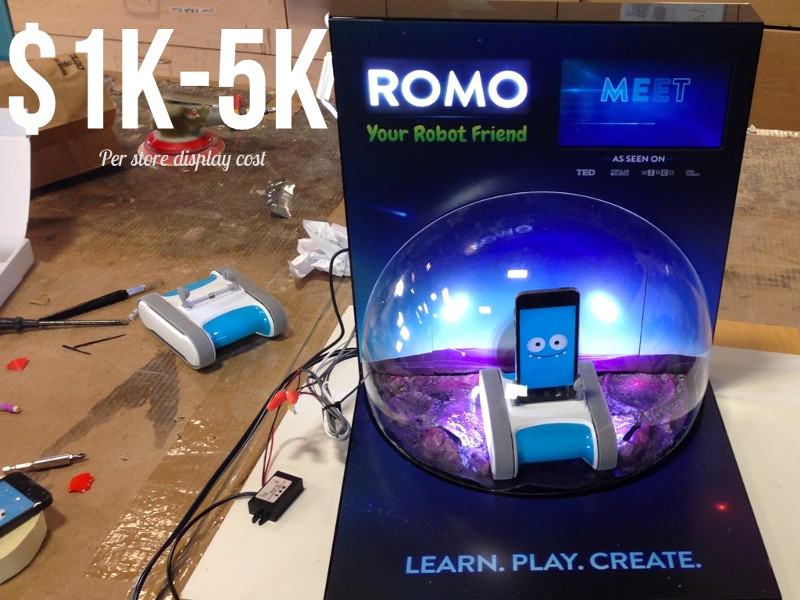
Young, cool companies love building displays to showcase their sweet new product. Some retailers love giving space away to help promote your company, but wait! It’s not quite free! You have to pay for building, shipping, setting up, and taking down the displays. $5k per store isn’t uncommon. Again, going from zero to Best Buy’s 1,900 stores means you’re spending…let me do the math…a shit ton of money, and this is just for displays.
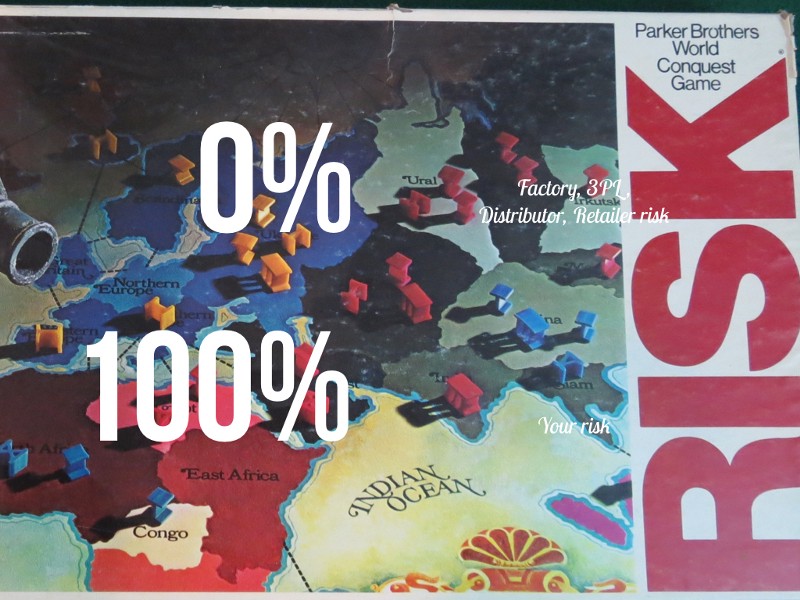
From factories to logistics providers to distributors to retailers, risk flows through every single entity in your supply chain and stops with you. That’s okay because you’re also the one with major upside if things go well. Be aware of who pays when things go wrong (you do!).
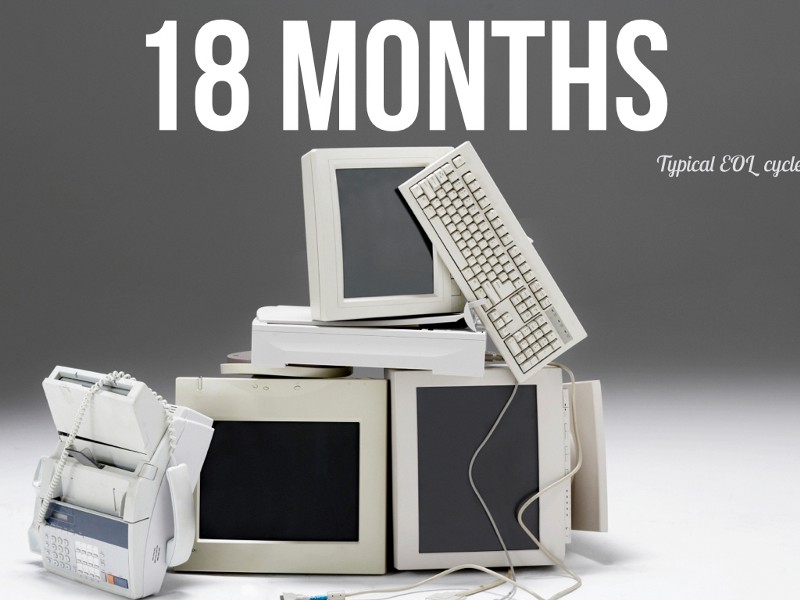
Most products are designed to be sold for a specific retail cycle of around 18 months. This is called an end-of-life and allows everyone in the supply chain to predict when new SKUs will come out so their stores don’t feel stale. A normal consumer product launch cycle is:
- Freight FOB in China in late September/early October
- Freight lands in US in late October and is loaded into distributor warehouses
- Product is stocked in late early November in preparation of holidays
- Product is sold for 12 months and then new product is announced at CES in January (the following year)
- Retailers negotiate stock and terms for new product until May or June. The price of the existing SKUs usually drop around this time to clear out stock
- Manufacturers spool up production of new product from July to September
- Old product is EOL’d in October when new product lands and hits shelves
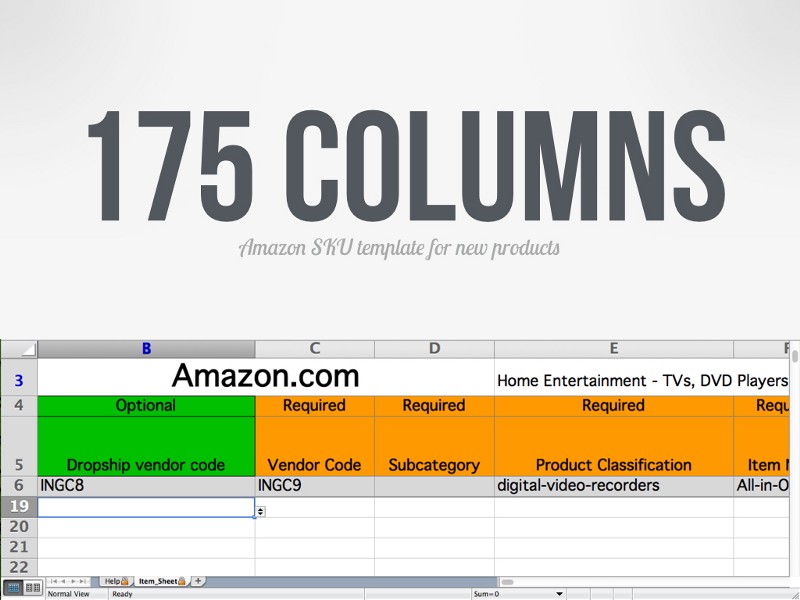
Once a retailer agrees to carry your product, the process can still be painful. This is an example SKU template from Amazon (again, one of the most friendly retailers). It has 175 columns. I STILL don’t know what half of them mean after selling lots of products through Amazon. Getting someone with experience to help you through this process can make a huge difference.
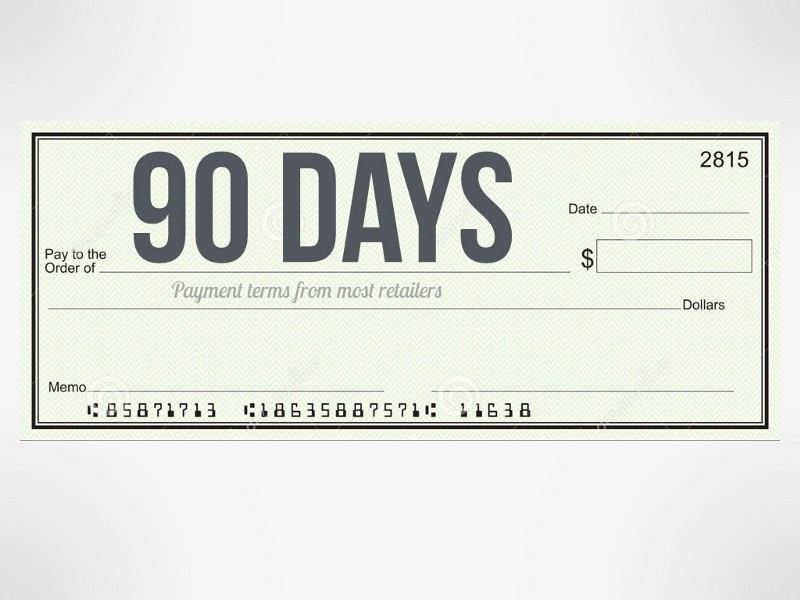
Most retailers sign POs with 90 day payment terms. This means they have 90 days to pay you (usually from date of signature).
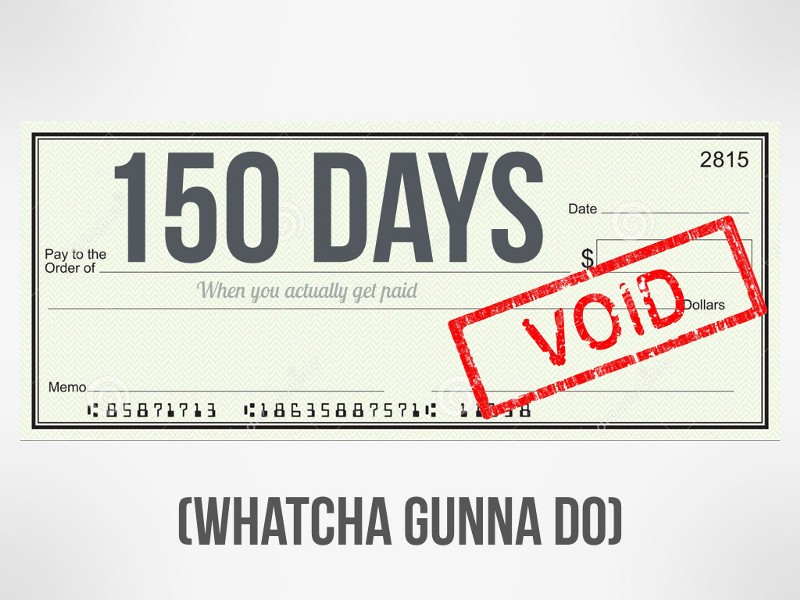
Unfortunately, they often don’t actually pay you on time. I averaged actual payment dates from my first production runs and it seems to take a staggering 150 days on average to actually get paid. Some retailers are better than others (Brookstone and Amazon, thank you) but the big guys are usually pretty bad. There’s really not a whole lot you can do as a tiny company with a single SKU, but it often gets better as your product line grows and your volume increases.
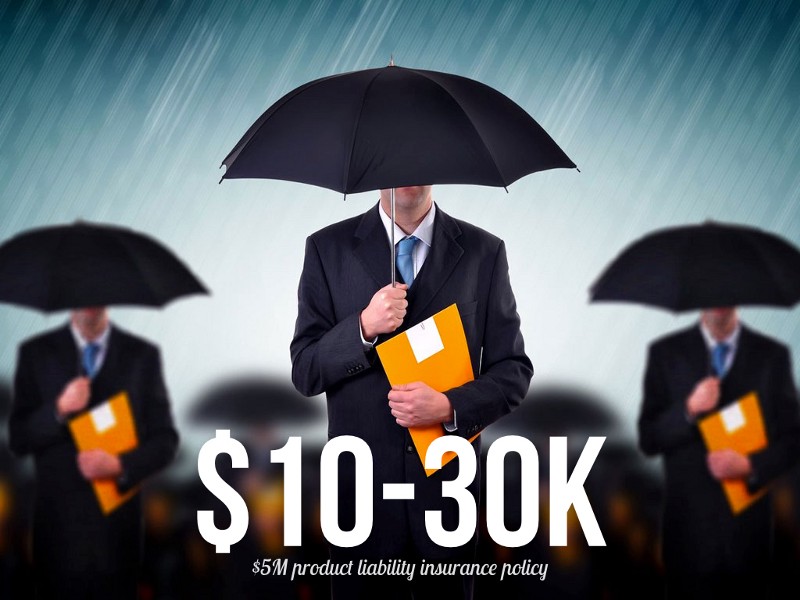
Retailers will nearly always require product liability insurance. Product liability insurance protects your company if a customer gets injured using your product. This is a good idea even if they don’t require it. It usually costs $10–30K per year but can be much higher depending on product category.
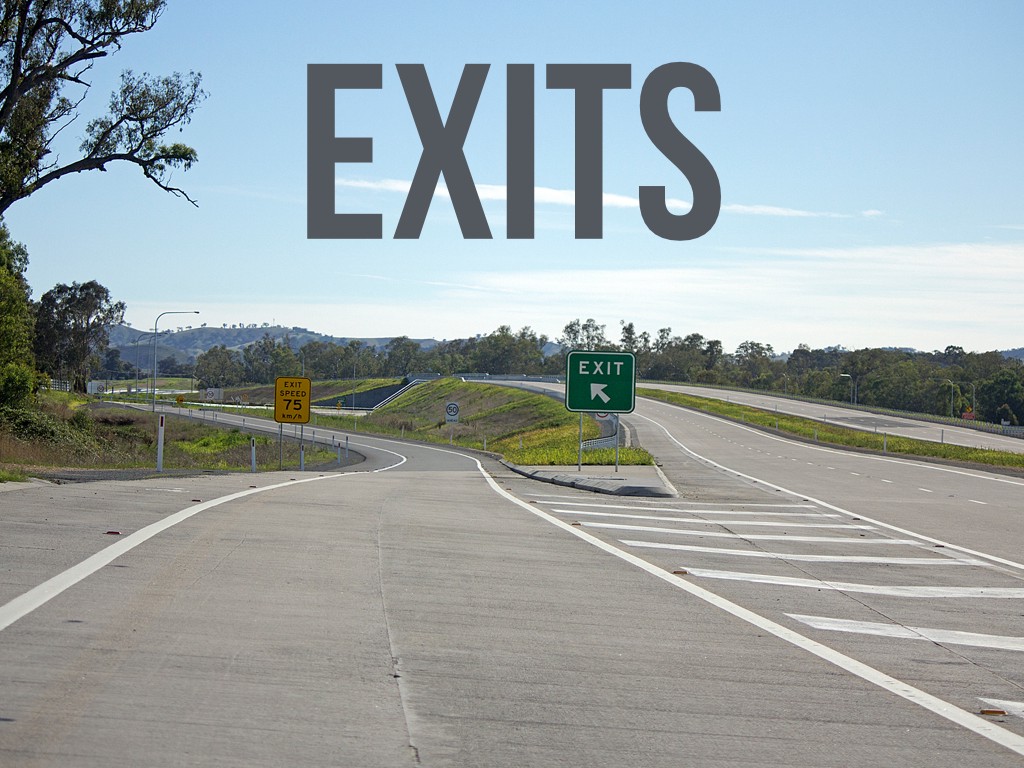
Maybe the most exciting part of starting a company is the big glamorous acquisition or IPO at the end of the road. It’s certainly the most (only?) lucrative part. Unfortunately, tech founders rarely understand the cost/benefit analysis. Without question, you MUST love what you do or your life will be miserable and your company will fail. Without irrational passion, startups cannot succeed. I’m hoping these numbers shed a bit more light on the end of the road for hardware companies.
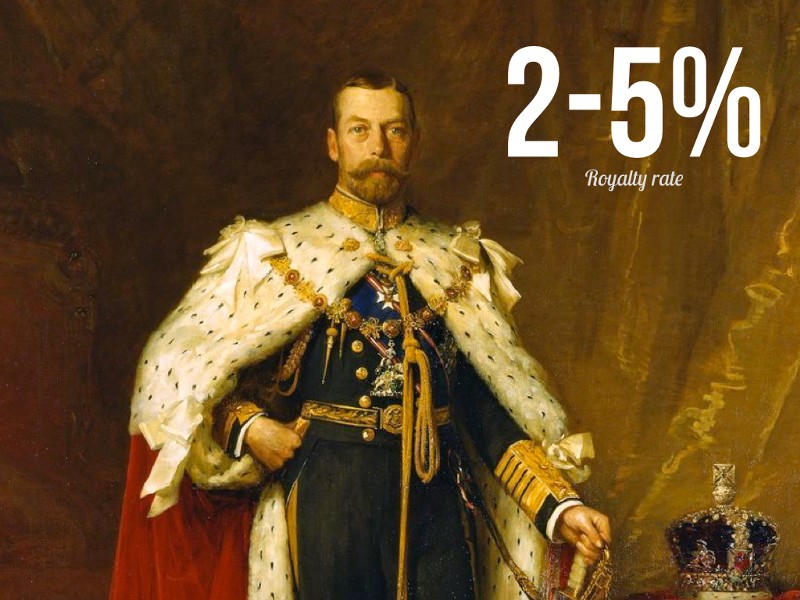
Many founders love the technical parts of starting a company, but can’t stand the company-building parts. This is why most founders don’t make it to exit. An oft-cited workaround for this problem is licensing product ideas/prototypes/IP to a bigger company with the fantasy of sitting in a back room all day, creating brilliant concepts, and making millions from selling the ideas. Unfortunately, this almost never happens.
Typically, royalty rates are less than 5% MSRP, and often hover around 2%. This means that you create a product, do all the hard work of developing it, and are paid a tiny pittance while the vast majority of the profit winds up in the pocket of the licensee. If you develop a successful $100 product and license it, you’d have to sell 500k units before you see your first $1M. This can take 3+ years (meaning you barely take home a salary). Be careful of the dangers of licensing a product.
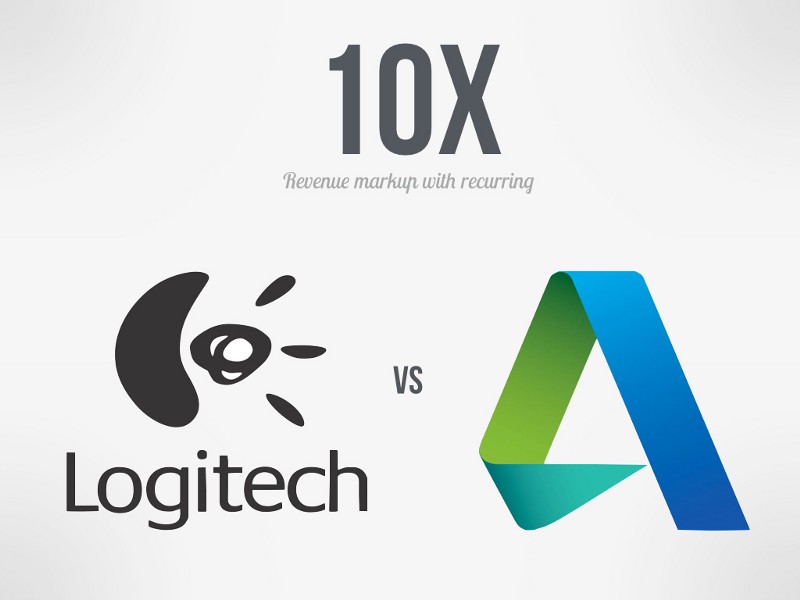
This is the most important strategic point I can make. It probably deserves it’s own blog post.
These are two companies that I love dearly, both of which are major investors in Bolt and both of which I have enormous respect for. Logitech and Autodesk both have similar annual revenues (just north of $2B) and yet one is significant more valuable then the other. Any guess which one?
Logitech, by most measures, is a traditional hardware company. They sell products at a 10–40% gross margin, many of which are single-time transactions in retail stores. Autodesk sells CAD software, nearly all of which is recurring revenue (you pay a maintenance fee per-year to get the latest version of the software). Because of this. Logitech has a market capitalization of around $2B and Autodesk is about $15B. If you can build recurring revenue into your products, your company will be worth far more than your revenue.
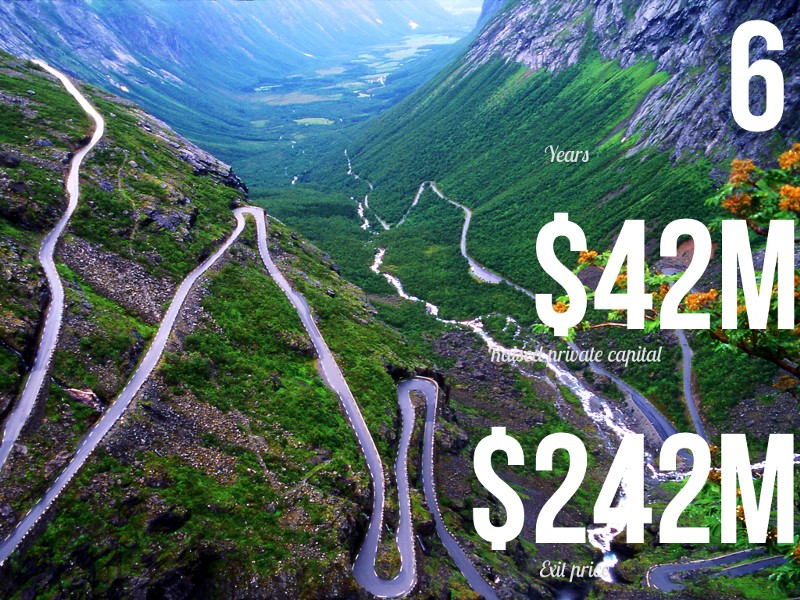
These numbers have huge error bars, but it’s worth mentioning them. The average successfully exited, VC-backed company takes 6 years from first capital raised to liquidity event, has raised $42M of private capital, and sells for $242M. It’s a long winding road, and these numbers don’t tell the story of all the companies that fail or are acquired for less money than they raised (which is the vast majority of startups).
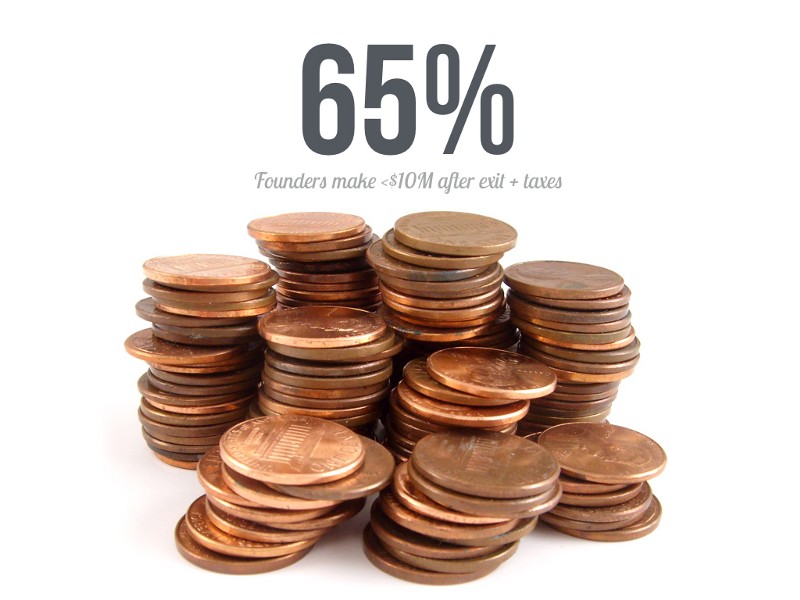
Even if your company is in the top bracket, is financed and sold for a profit, more than 65% of founders (from the conversations I’ve had) make less than $10M after exit and taxes. Again, highly circumspect number, but worth mentioning. I would LOVE someone to work out a raw probability of founder exit earnings including the risk of failure; unfortunately, I’m not the math genius my name lends itself to.
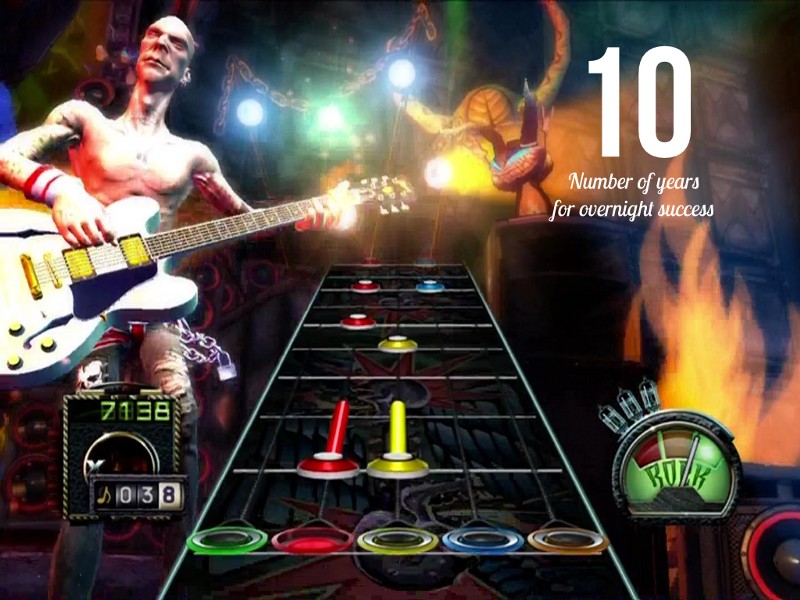
There’s this horrible, damaging myth of the “overnight success.” The truth is this nearly never happens. Startups are long, winding roads full of disappointment and struggle. I love to tell the story of my good friends at Harmonix (creators of Guitar Hero and Rockband):
Eran and Alex founded the company straight out of the MIT Media Lab in 1995. They had a beautiful vision of helping people learn to play music in a more enjoyable way. But product after product failed to commercially successful in a major way despite excellent reviews. The founding team stuck with it and were able to convince investors to continue backing the company until Guitar Hero was launched. The company was later sold for hundreds of millions of dollars.
So how long did it take? 10 years. Guitar Hero was launched in 2005 and the company was sold in 2006. Without the endurance and vision of Alex and Eran, the company would have failed far before a successful exit.
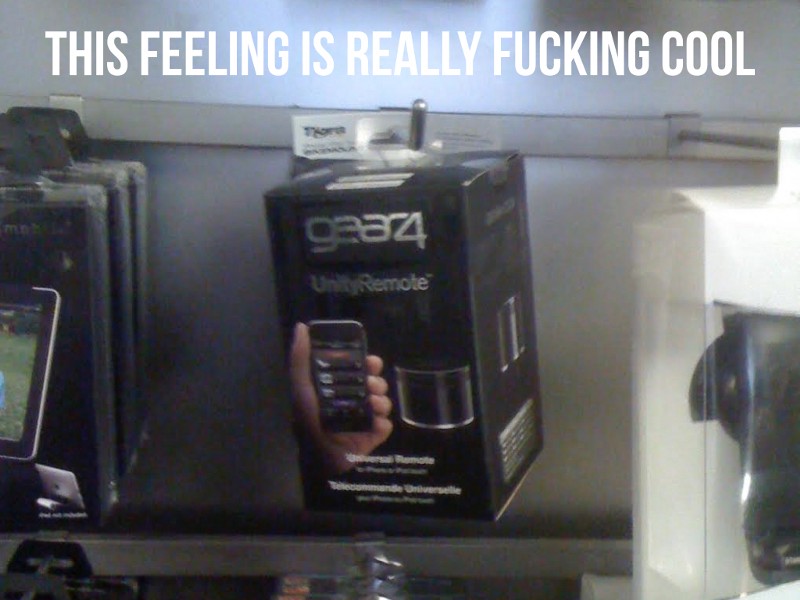
I’ll end on a sappy note. I’ve spend a lot of time talking about the perils of hardware without describing the immense satisfaction of it. So here it is; the moment that makes it all worthwhile. After the months of development, the trips to China, the flawed injection mold tools, the crappy deals with retailers and the painful issues of logistics: seeing a thing that was once in your head sitting on a store shelf is bar-none the best experience you can have in business. Infinitely more enjoyable than selling a piece of software. This was a picture my dad sent me while he was in Paris. The note read:
Saw this in the Apple Store in the Louvre. Way more exciting than seeing the Mona Lisa. I’m so proud.
Hardware really is hard! I hope this series of posts isn’t a deterrent, but rather illuminates a long series of unknowns in the process of bringing a product to market. Happy hardware-ing!
That covers the objective facets of Retail and Exits (and the entire series on numbers for hardware companies). If you missed them, check out Part 1 (Team and Prototyping), Part 2 (Financing and Manufacturing), and Part 3 (Logistics and Marketing).
Ben Einstein was one of the founders of Bolt. You can find him on LinkedIn.
Bolt invests at the intersection of the digital and physical world.
